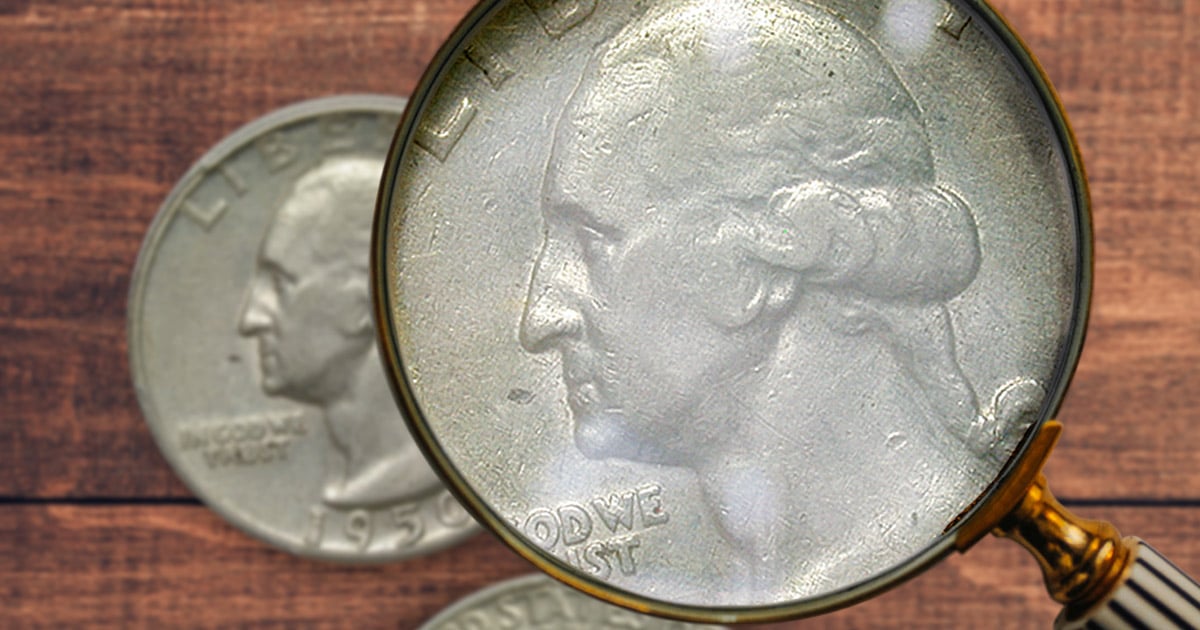
Extremely Fine, or XF is an adjectival grading term used to describe coins that show some wear from circulation but still exhibit full details and are in above-average condition. The Extremely Fine adjectival grade is between the Very Fine (VF) and About Uncirculated (AU) grades.
Grading Standards for XF Coins
XF coins range from coins that have sharp legends and clear devices that exhibit slight but apparent wear on the high points of the design to those with moderate wear on the high points of the design. Extremely Fine coins should have great eye appeal.
NGC Grading Standards for XF Coins
The Numismatic Guarantee Corporation (NGC) assigns the Extremely Fine classification to coins in the 40-45 Sheldon score.
- XF-45: These coins must display complete details with minor wear allowed on some of the high points.
- XF-40: Coins with an XF-40 grade must also exhibit full details but minor wear on most of the high points of the coin’s design is allowed.
PCGS Grading Standards for XF Coins
Professional Coin Grading Services (PCGS) also utilizes the 40-45 Sheldon grades for the Extremely Fine class. XF is the lowest classification of coins that are still eligible for a Plus designation from PCGS.
- XF-45: These coins must only show light wear on the high points of the design. A bit of mint luster may be visible in the protected parts of the coins design.
- XF-40: Coins with an Extra Fine-40 grade exhibit little to no remaining mint luster. All of the design elements must still show but the high points of the design will be worn flat. If the coin’s details are complete but all high points in the design are flat, the coin may not be eligible for the XF-40 grade from PCGS.
Factors That Impact a Coin’s Grade
If you are assessing an ungraded or raw coin and must decide without a chance to grade the coin, consider the following:
- Examine the detail of the coin. Assess the design, how much the design has been worn down, and how much is left. If it has full detail in all areas of the design, it might be eligible for a high grade.
- Consider the toning of the coin. If the coin does not display its original mint color, does it show a handsome toned color? Some toning if highly favorable, and some toning is considered ugly. While this element may feel subjective, natural rainbow toning is highly desirable.
- How much of the original mint luster or mint-new shine is still visible on the coin? Does it reflect enough light to shield your eyes or is it dull? If it is a copper coin, does it fall into the Red, RedBrown, or Brown categories?
- Assess the surface of the coin. Does it have blemishes and unattractive scratches on its surface? These will detract from a coin’s score but still tell a valuable story about the life of the coin.
If you have more questions about coin grading, ask us!




